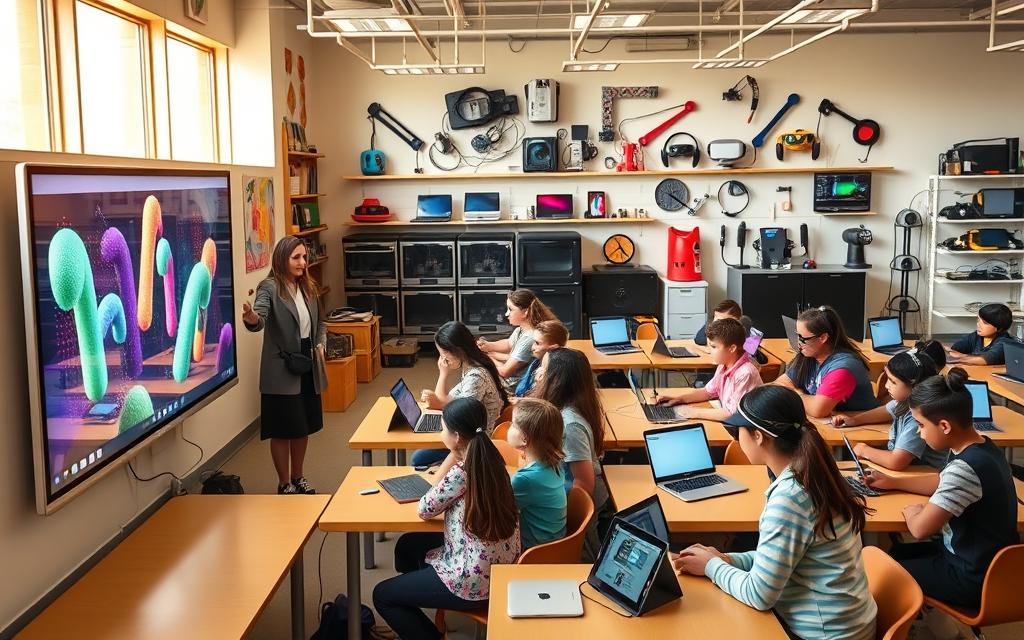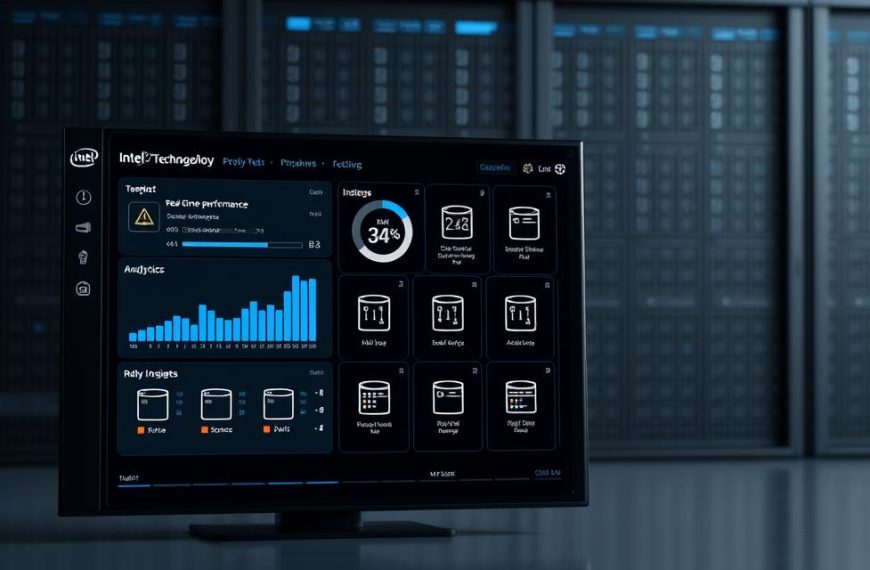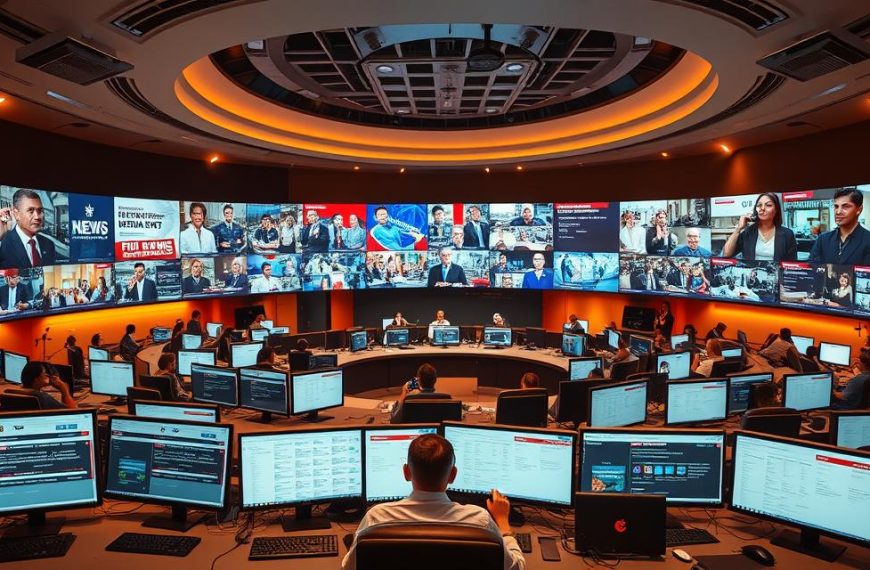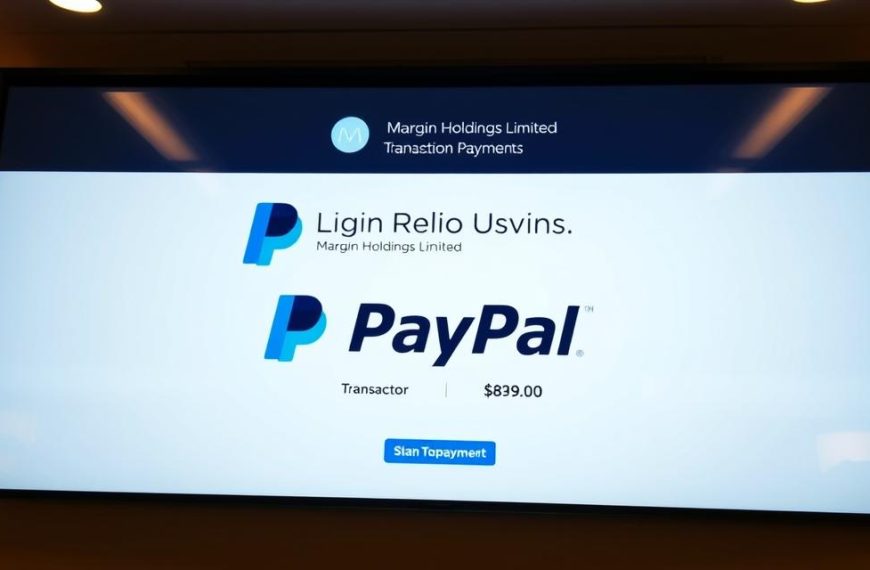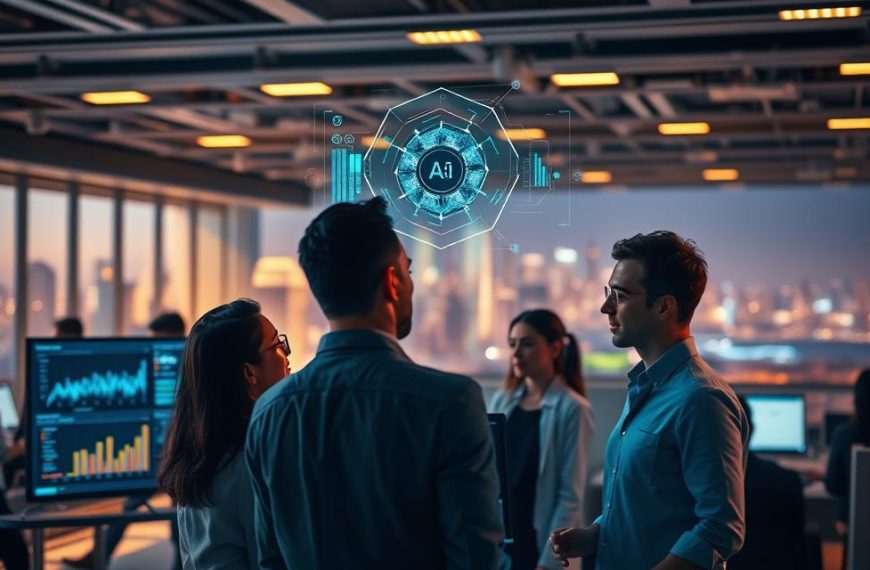The world is rapidly evolving, driven by advancements in technology that are transforming the way we live, work, and learn. As the World Economic Forum notes, new technologies will continue to drive business transformation, making it essential for students to be equipped with the skills to succeed in a digital world.
Effective learning now requires the integration of tools that enhance teaching strategies, rather than simply adding digital elements without a clear purpose. By thoughtfully implementing technology in the classroom, educators can address diverse learning needs and prepare students for future careers.
This article outlines 10 practical approaches to meaningfully incorporate technology into teaching practices, ensuring that it serves learning objectives and enhances the educational experience for students in the classroom.
The Benefits of Technology Integration in Education
Educational technology is enhancing the learning experience, providing students with a more interactive and personalised education. The effective integration of technology in classrooms has proven to be a game changer for many educators, offering numerous benefits that enhance student engagement and overall learning outcomes.
Enhanced Student Engagement and Motivation
Technology creates more dynamic and interactive learning environments that capture students’ attention and increase their motivation to participate actively in lessons. Digital tools provide immediate feedback, helping students track their progress and take ownership of their learning journey.
Supporting Diverse Learning Styles and Needs
Technology supports diverse learning styles by offering multiple ways to access and engage with educational content, including visual, auditory, and kinesthetic approaches. This enables students to learn in a way that suits their individual needs and abilities.
Preparing Students for a Tech-Driven Future
By integrating technology into education, we help prepare students for future careers by developing essential digital literacy skills that employers increasingly demand. This ensures that students are well-equipped to succeed in a rapidly evolving technological landscape.
Assessing Your Current Technological Skills
The first step towards successful technology integration is for educators to evaluate their existing technological competencies. This self-assessment is crucial in identifying strengths and areas that require improvement.
Self-Assessment Tools for Educators
Various self-assessment tools can help educators gauge their technology skills. Questionnaires and competency assessments provide detailed insights into an educator’s proficiency level. These tools offer tailored recommendations for enhancing their technological abilities.
Professional Development Opportunities
After assessing their skills, educators can access numerous professional development opportunities. Workshops, online courses, and peer learning communities focused on educational technology can significantly enhance their skills. School leaders can support this development through structured mentoring programmes and dedicated training time.
Cultivating a Growth Mindset for Technology
Cultivating a growth mindset is essential when approaching new technologies. Educators should view challenges as learning opportunities, fostering a positive attitude towards technology integration. Practical strategies, such as gradual confidence building through small steps, can help overcome common fears and resistance to adopting new technologies.
| Self-Assessment Tools | Professional Development Opportunities | Growth Mindset Strategies |
|---|---|---|
| Questionnaires | Workshops | Gradual Confidence Building |
| Competency Assessments | Online Courses | Viewing Challenges as Opportunities |
| Peer Reviews | Peer Learning Communities | Structured Mentoring Programmes |
Setting Clear Learning Objectives with Technology
Clear learning objectives are the foundation upon which successful technology integration is built. By setting specific, measurable goals, educators can ensure that technology enhances the learning experience without detracting from core educational objectives.
Aligning Technology with Curriculum Standards
To effectively integrate technology, it is crucial to align it with curriculum standards. This ensures that digital tools support, rather than distract from, the learning goals. Educators should assess how technology can help achieve educational objectives, such as improving instruction and boosting student engagement.
Defining Measurable Learning Outcomes
Defining measurable learning outcomes is vital. These outcomes should clearly state what students are expected to know, do, and value. By doing so, educators can create a roadmap for technology-enhanced activities that are focused on achieving specific learning goals.
Regular Assessment of Technology Effectiveness
Regular assessment of technology effectiveness is necessary to ensure it remains aligned with learning objectives. This involves collecting data on student progress, gathering feedback, and observing the impact of technology integration. By using learning analytics and digital assessment tools, educators can gain valuable insights into student progress and adjust their technology implementation accordingly.
How to Include Technology in the Classroom Effectively
To include technology in the classroom effectively, educators must strike a balance between traditional methods and digital tools. This balance is crucial for creating a learning environment that is both engaging and inclusive.
Balancing Traditional Teaching with Digital Tools
A blended learning approach combines the strengths of traditional teaching methods with the benefits of digital tools. By integrating technology thoughtfully, educators can enhance their teaching practices without overwhelming students or themselves.
Creating Interactive Learning Experiences
Technology can be used to create interactive learning experiences that engage students more effectively than traditional methods alone. Tools such as screencasting software and AI-assisted tutoring programs allow for personalised instruction and real-time feedback.
Addressing Accessibility and Equity Concerns
When integrating technology, it is essential to address accessibility and equity concerns to ensure that all students can benefit. This includes selecting digital tools that are compatible with assistive technologies and providing alternatives for students without access to devices at home.
Essential Technology Tools for Modern Classrooms
Educators today have access to a wide array of technology tools that can significantly enhance teaching and learning. The key to effective technology integration lies in selecting the right tools that align with educational objectives.
Learning Management Systems
Learning management systems (LMS) such as Google Classroom, Schoology, and Canvas streamline the management of assignments, grading, and communication. They provide a centralised space for students to access resources and submit work. For instance, Google Classroom allows teachers to create and distribute assignments, track student progress, and facilitate discussions.
Interactive Learning Platforms
Interactive learning platforms like Kahoot!, Quizlet, and Nearpod encourage active learning through gamification, quizzes, and multimedia content. These tools make it easier for students to engage with the material and promote a more immersive learning experience. For example, Kahoot! enables teachers to create interactive quizzes and games that can be played in the classroom.
Collaborative Digital Tools
Collaborative digital tools such as Google Workspace, Microsoft Teams, and Padlet facilitate real-time collaboration, allowing students to work together on projects, share ideas, and receive immediate feedback. These tools are essential for project-based learning and can be used in both in-person and remote settings. To explore more technology tools used in the classroom, visit Canadian Classroom.
By incorporating these technology tools into their teaching practice, educators can create a more engaging, interactive, and effective learning environment. It is essential to start with a few well-chosen tools and gradually expand based on specific educational needs and technical requirements.
Implementing Blended Learning Approaches
Implementing blended learning strategies allows educators to cater to diverse learning needs and promote personalized learning experiences. By combining traditional teaching methods with digital learning experiences, educators can create a more effective learning environment.
The Flipped Classroom Model
The flipped classroom is a popular method of implementing blended learning. In this model, students watch digitised or online classes as homework, freeing up face-to-face class time for active learning activities such as discussions and problem-solving. This approach enables students to engage with course material both inside and outside the classrooms.
Station Rotation and Flexible Learning Environments
Station rotation models allow students to cycle through different learning modalities, including teacher-led instruction, collaborative activities, and independent digital learning. By creating flexible learning environments, educators can support various learning activities and technology integration, enhancing overall students’ experiences.
Digital Resources for Independent Learning
Quality digital resources are essential for supporting independent learning and providing opportunities for students to explore content at their own pace. These resources can be used to create lessons that cater to different learning styles, ensuring that all students have access to engaging learning experiences.
By implementing blended learning approaches, educators can create engaging lessons and enhance students’ overall learning experiences in modern classrooms.
Fostering Digital Literacy and Citizenship
The effective integration of technology in the classroom requires a strong emphasis on digital literacy and citizenship. As students increasingly use digital tools for learning, it’s essential to teach them how to navigate the digital world responsibly.
Teaching Online Safety and Privacy
One crucial aspect of digital literacy is teaching online safety and privacy. Students need to understand how to protect their personal information in digital environments. This includes being cautious with online sharing, using strong passwords, and being aware of potential cyber threats.
Critical Evaluation of Digital Information
Another vital skill is the critical evaluation of digital information. With the vast amount of information available online, students must learn to identify reliable sources, recognise misinformation, and evaluate the credibility of digital content. This skill is essential for making informed decisions and participating effectively in the digital world.
Responsible Use Policies and Practices
Implementing responsible use policies is also crucial. These policies help establish clear expectations for technology use in schools, promoting positive digital citizenship among students. By setting boundaries and encouraging responsible behaviour, educators can foster a safe and respectful online environment. For more information on digital literacy, visit this resource.
Managing Technology in the Classroom
To maximise the benefits of technology in education, teachers must adopt robust management strategies. Effective management ensures that classroom technology enhances learning without introducing unnecessary distractions or disruptions.
Clear Protocols for Device Usage
Establishing clear protocols for device usage is essential. This includes defining when students should have devices open or closed, outlining acceptable use policies, and specifying consequences for misuse. Classroom management software can be a valuable tool, allowing teachers to monitor students’ screens and guide their attention as needed.
Troubleshooting Technical Issues
Handling connectivity and technological challenges proactively is vital. Teachers should test all technology before class and establish a simple troubleshooting routine that students can follow independently for common issues. This approach helps minimise downtime and keeps the focus on learning.
Minimising Distractions
Strategies for minimising distractions associated with technology use include thoughtful physical classroom arrangements and the use of digital management tools. Gathering feedback from students on technology implementation can also help refine classroom management strategies and improve overall effectiveness.
| Management Strategy | Description | Benefits |
|---|---|---|
| Clear Protocols | Define device usage rules and consequences | Reduces misuse, enhances focus |
| Troubleshooting Routine | Establish simple steps for common issues | Minimises downtime, promotes independence |
| Minimising Distractions | Use classroom arrangements and digital tools | Improves engagement, reduces distractions |
Conclusion: Embracing Technology for Enhanced Learning
By embracing technology, educators can create more engaging, personalised, and inclusive learning environments that support diverse learners. The effective integration of digital tools can enhance learning experiences, making them more interactive and meaningful for students.
Throughout this article, we have explored various strategies for integrating technology in the classroom, from assessing current technological skills to implementing blended learning approaches. By focusing on best practices and fostering a growth mindset, educators can ensure that technology serves a pedagogical purpose, rather than being used for its own sake.
The journey to successfully integrate technology is ongoing, requiring continuous learning, adaptation, and reflection. Educators are encouraged to start with small, manageable steps, rather than attempting complete transformations all at once. By doing so, they can create learning environments that are not only engaging but also tailored to the needs of their students.
In conclusion, the thoughtful implementation of technology can transform teaching and learning, preparing students for success in a tech-driven future. By embracing the opportunities that technology offers and following best practices, educators can enhance learning experiences and make a lasting impact on their students.

